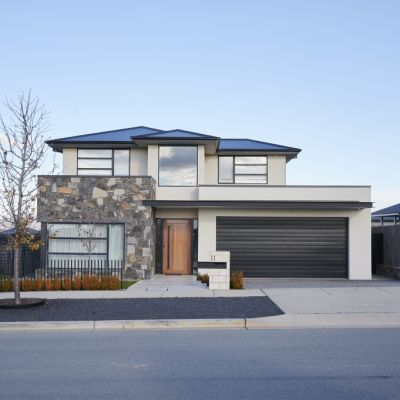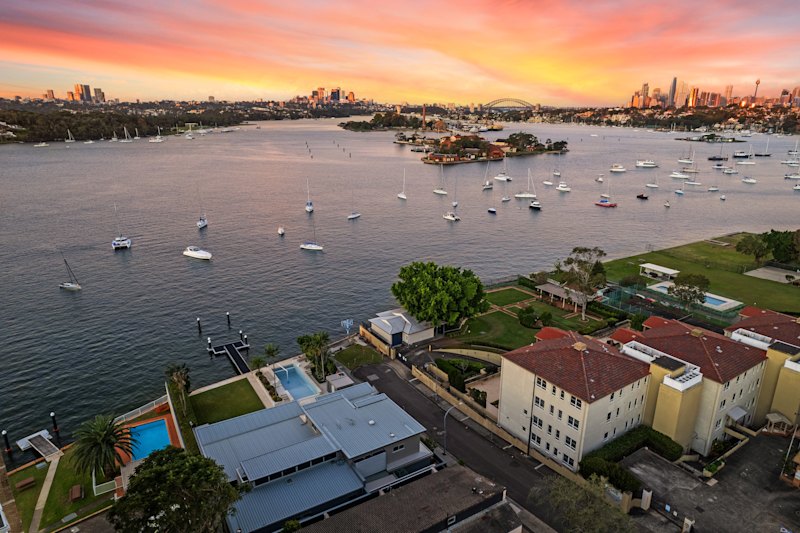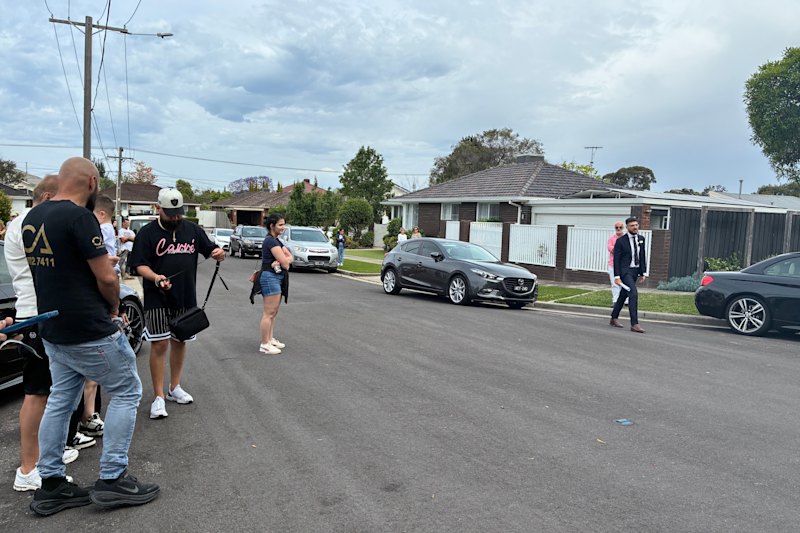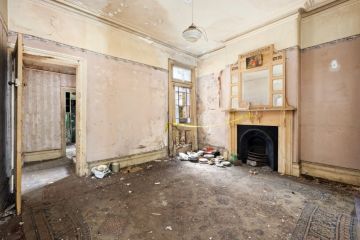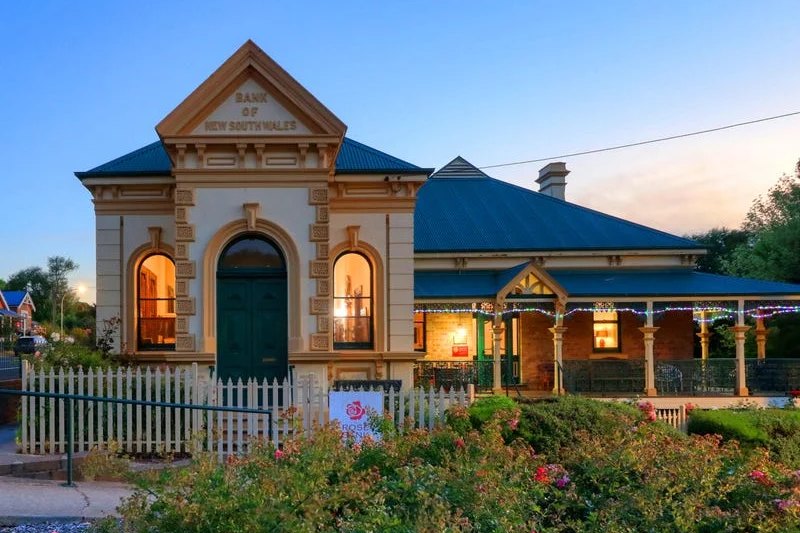How much rent will you pay for that extra room? What’s the cost difference between renting a two, three and four-bedroom home?
With many Australians working from home, the thought of a spare room remains attractive for renters – but it may come with a hefty price increase.
The latest Domain Rent Report shows renters looking for a space upgrade might be facing massive weekly cost jumps depending on the property type.
For example, in Sydney, upgrading from a two-bedroom unit with a median weekly price of $700 to a three-bedroom unit at $950 means forking out an extra $250 a week for the spare room. However, upgrading between houses is cheaper than upgrading apartments. The city’s median weekly rent for a two-bedroom house is $550, while a three-bedroom is $680 – a $130 difference.
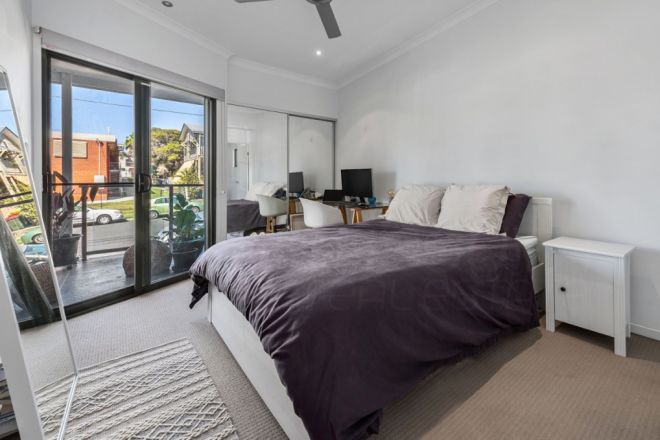
In Melbourne, there is a $125 price difference between a one-bedroom apartment at $450 a week and a two-bedroom at $575. Upgrading from two to three bedrooms is a little easier, at only an additional $75 a week.
Much like Sydney, renting houses with extra rooms isn’t as expensive. Upgrading from a two-bedroom to a three-bedroom house is just a $20 weekly increase from $520 a week to $540 a week. Going from a three to a four-bedroom house is $575 a week, an additional $35.
Brisbane has a $10 price difference between a two-bedroom unit at $600 and a three-bedroom at $610. It’s also more affordable to rent a house than an apartment with the same number of rooms, with the weekly median rent sitting at $490 for a two-bedder and $575 for a three.
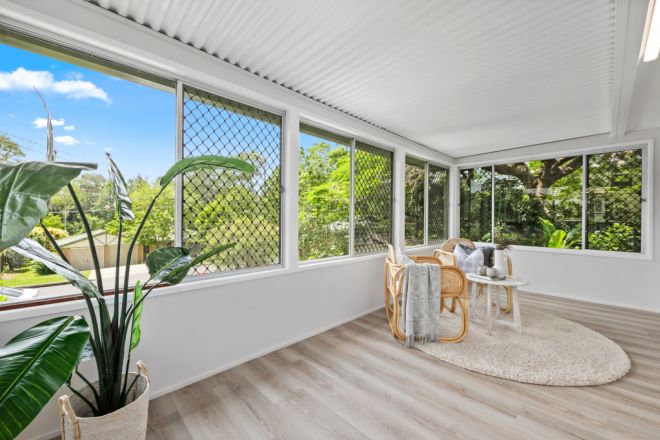
Tenants in Canberra looking to upgrade to a third room can expect to pay an additional $80 to $90 a week, depending on the property type. The weekly rent price would increase from $600 to $690 for units and $570 to $650 for houses.
In Adelaide, renting a two-bedroom unit costs $450 a week compared to a two-bedroom house at $500 a week. It is the only city with this trend. Upgrading from a two-bedder to a three is an additional $100 a week for apartments and an extra $50 for houses, putting the weekly rent for both dwelling types at $550 a week.
Why is rent higher in units than in houses?
Domain chief of research and economics Dr Nicola Powell says it’s not unusual for unit rentals to be more expensive than houses because apartments tend to be closer to the city and other amenities.
“When you make a comparison, particularly in Sydney – a very large capital city – most of the unit supply will be in inner suburban locations, inner-city suburbs … or well connected. They’re close to train stations, they’re close to transport hubs,” she says.
“The difference when you’re doing that three-bedroom unit compared to a three-bedroom house will be predominantly driven by the location.”
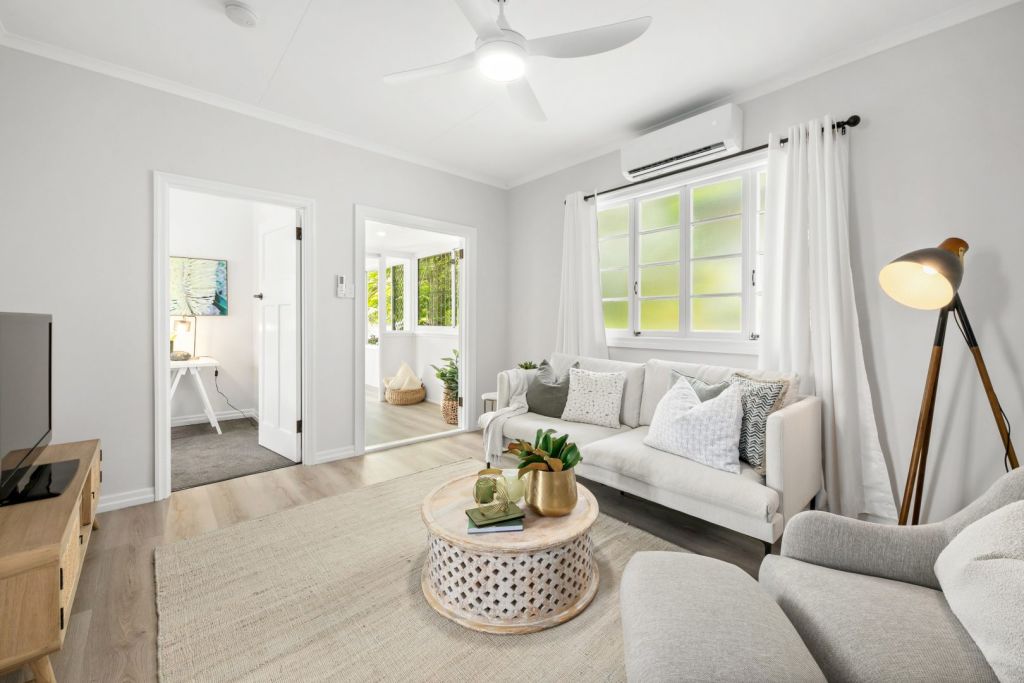
Ray White Group’s chief executive of property management, Emily Sim, agrees, adding that apartment buildings also tend to offer internal facilities that push up the rental price compared to a house.
“They’re feature-rich compared to a house, and often they have a pool and a tennis court and a gym, so if you can use the gym and the pool, that saves you $1200 a year on gym membership. And that counts when you’re paying a high rent now,” she says.
However, the higher rental price of multiple-room units over houses is also due to the fact that three-bedroom units tend to be quite rare, says Grace Due of Harcourts Solutions Brisbane.
“It’s just supply and demand – you’ve got more people looking for units rather than houses at the moment,” she says.

Powell adds that ,during the pandemic, having a spare room was more attainable, but it has become a luxury as rental prices have skyrocketed.
“I think what we’ve seen is affordability challenges are playing out in the rental market, which [has led to a] compromise around the number of bedrooms or a change in the number of bedrooms you could afford, or alter the property type that you can afford.”
We recommend
States
Capital Cities
Capital Cities - Rentals
Popular Areas
Allhomes
More
- © 2025, CoStar Group Inc.
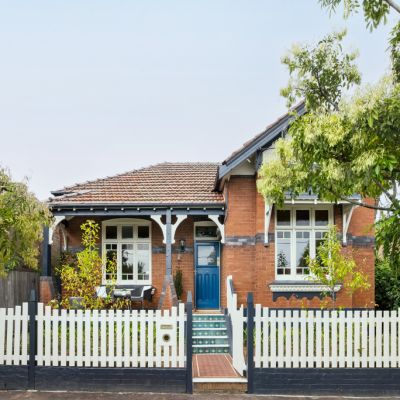
/http%3A%2F%2Fprod.static9.net.au%2Ffs%2F722b5cca-ec25-4a8d-a2ed-ba69257ddd2a)
